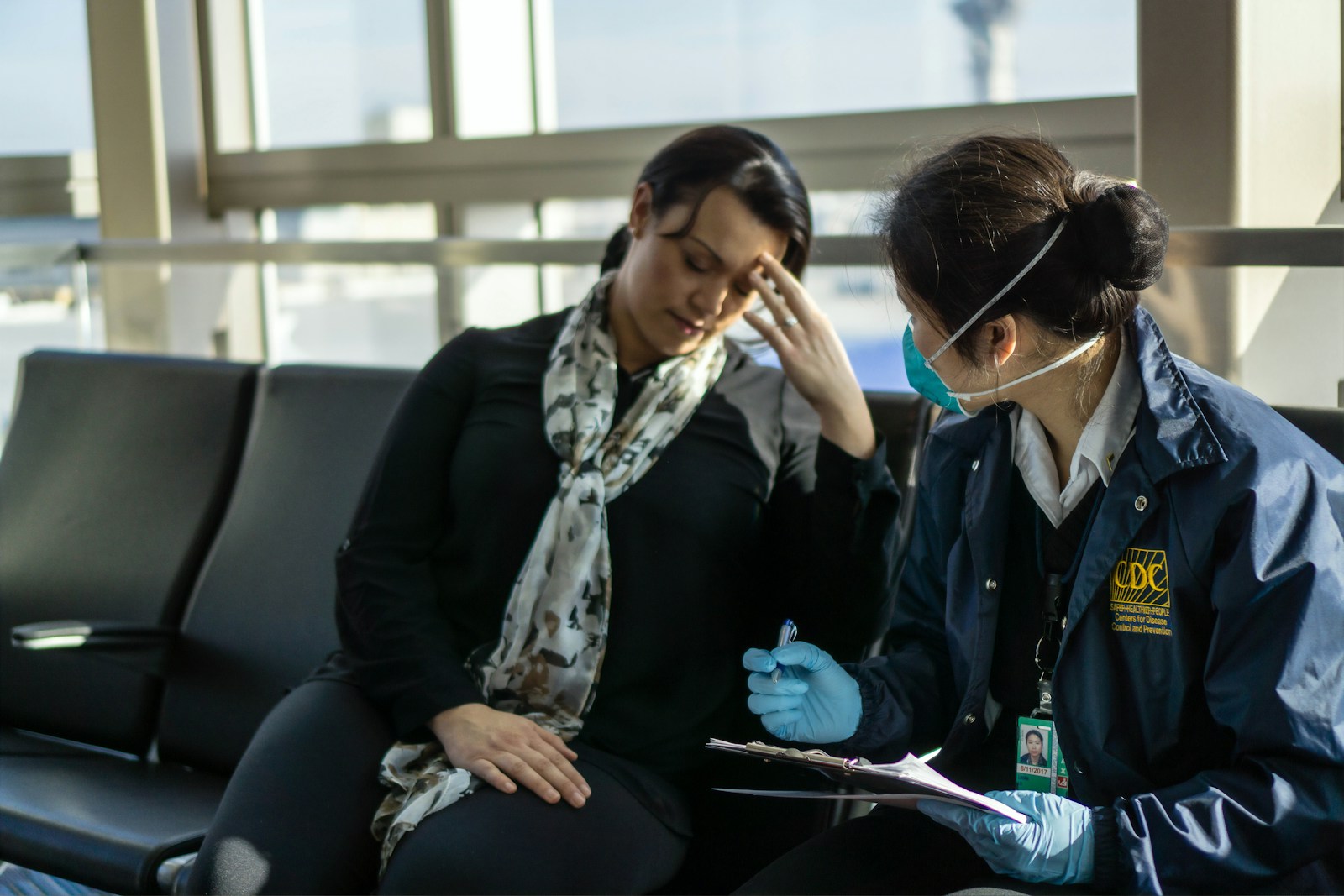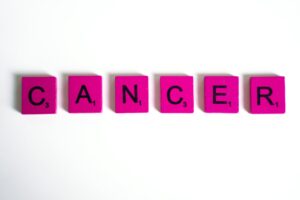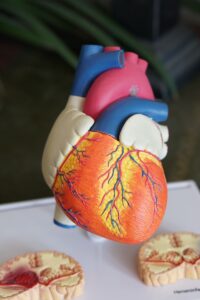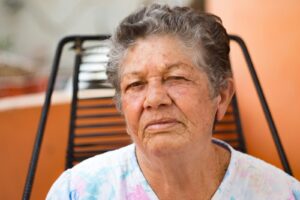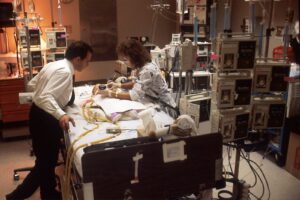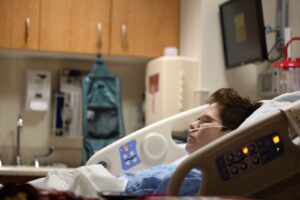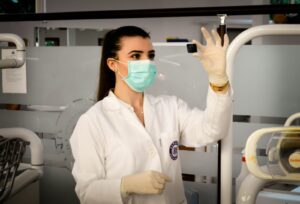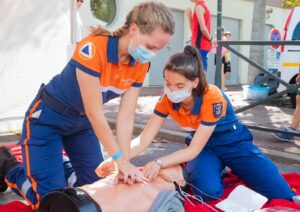![]()
Are you suffering from Gall Bladder symptoms, like bloating and discomfort in your abdomen, weight loss, and a feeling of fullness? Are you wondering what could possibly be causing this condition? In this blog article, we’ll talk about some of the causes and treatments for gall bladder pain.
Symptom of Gall Bladder
Symptoms of Gallbladder problems can vary and may include: abdominal pain, fever, nausea, vomiting and diarrhea.
Gallstones are a common cause of gall bladder problems. Gallstones are made up of cholesterol, calcium and other substances and can form in the gallbladder if there is not enough bile to break them down. Gallstones can block the gallbladder ducts and lead to gall bladder problems.
The most common treatments for gallstone problems are surgery to remove the gallbladder or medication to dissolve the stones. Other treatments may include diet changes, exercise and oral medications.
Causes of Gall Bladder Symptoms
Gall bladder symptoms can be caused by a number of factors, but the most common are gallstones. Gallstones are made of material that’s too hard to break down and forms when bile mixes with cholesterol and other substances. When gallstones block the flow of bile, they cause pain in the upper abdomen and often a foul odor.
There are a few ways to diagnose gallbladder symptoms: a physical exam, an ultrasound or an imaging test like a CT scan. Treatment for gallbladder symptoms generally includes cholecystectomy (surgical removal of the gallbladder), which is usually done under general anesthesia. In some cases, such as in people who have had multiple episodes of gallstone formation, surgery may not be necessary.
If you’re experiencing any of the following signs and symptoms, consult your doctor: severe pain on one side of your abdomen; rapid weight gain; yellowing of the skin and eyes; dark urine; severe gas or vomit problems; severe pain when you try to take a bowel movement; difficulty eating solid foods.
Treatments for Gall Bladder Symptoms
You may be experiencing gall bladder symptoms for a variety of reasons, but finding the right treatment is essential. Here are some treatments for gall bladder symptoms:
-Radical surgery: This is the most extreme treatment and is only recommended if all other treatments fail. Surgery involves removing the gallbladder through a small incision in the stomach. There are risks associated with this treatment, including infection and pain following surgery.
– Medications: Many medications can help to relieve gall bladder symptoms. If you’re experiencing significant pain, your doctor may prescribe painkillers such as ibuprofen or acetaminophen. If you have occasional gall bladder problems, your doctor may recommend over-the-counter remedies such as ginger or bromelain.
– Surgery followed by medications: Some doctors may recommend surgery followed by medication to help relieve gall bladder symptoms. This type of treatment is often more effective than surgery alone. After surgery, you may be prescribed antibiotics to prevent infection and pain medication to help relieve discomfort. You may also be given a drug called cholecystokinin (CCK) to help stimulate the gallbladder to function normally.
If you have a history of the recurring symptoms associated with your gall bladder, or have had a previous episode of surgery followed by cholecystectomy, then you may be considered for one of the following surgical options. If you are over age 40 and have already been diagnosed as having chronic cholecystitis, or if you have some other related condition such as chronic pancreatitis, then you may choose to have your gallbladder removed.
An alternative approach is to perform a laparoscopic cholecystectomy, in which a surgeon inserts instruments through a small incision in your abdomen and takes out part or all of the gallbladder (hollow organ). There are advantages to this type of surgery: it is less invasive than traditional open surgery, it can be done in an outpatient setting, and it requires a smaller incision. Complications include bleeding or infections of the gallbladder, which may need to be drained surgically.
Surgery to remove the gallbladder (cholecystectomy) is performed through an incision in the abdomen (abdominal). The surgeon removes the organ from only one side so that you can still eat normally and retain your ability to digest fat. Since you will not have a large opening in your abdomen for about four weeks after surgery, taking antibiotics during that time is important. You should drink plenty of fluids before and after surgery to help prevent infection. You should continue to take antacids for heartburn even after you have had your gallbladder removed. Your doctor can advise you on how long you should take antacids after surgery.
The most common symptom of a gallbladder attack is pain in the upper right abdomen or back, which may radiate to the left shoulder and arm. Other symptoms of a gallbladder attack include:
fever; nausea; vomiting; diarrhea; poor appetite; pain when you try to eat or drink liquids before the attack subsides.
Alternative to the Surgery
Gallbladder surgery is a common procedure in the United States. Approximately 1 in 20 people undergo gallbladder surgery each year. However, there are many options available to treat gallstones other than surgery. This alternative to surgery includes medications, diet, and physical therapy.
Alternative treatments for gallstones include:
-Medications: Gallstones can be treated with medications such as cholecystokinin (CCK) inhibitors or bile acid sequestrants. These drugs work by reducing the amount of cholesterol and bile in the digestive system. Side effects of these medications may include diarrhea, nausea, vomiting, and abdominal pain.
-Diet: Gallstones can be eliminated through a healthy diet. A diet low in fat and high in fiber can help reduce the risk of developing gallstones. The following foods should be avoided: red meat, dairy products, eggs, chocolate, citrus fruits, and potatoes. Some people also recommend a high-fiber diet supplemented with probiotics or enzymes to help improve digestion.
-Physical Therapy: Physical therapy may be recommended to help relieve pain from gallstones and improve digestion. Physical therapy may include exercises that stretch the abdominal muscles and improve the ability to hold in gas, such as kegel exercises. These exercises can also help strengthen the abdominal muscles to help prevent future attacks of gallbladder disease. -Medications: If medications are prescribed for pain management or other symptoms, ask your doctor when you should stop taking them. It is important to have regular checkups with your doctor.
The following medications may be used to help relieve pain from gallstones:
-Percocet (oxycodone/acetaminophen)
-Diclofenac (Voltaren)
-Naproxen (Aleve)
-Feverfew Capsules
After physical therapy is completed and the underlying cause of gallstones has been identified, you may see improvements in the symptoms of abdominal pain and discomfort.
Disclaimer
The information provided on this blog is not a substitute for professional medical advice. If you are experiencing any health issues, please contact your doctor.
